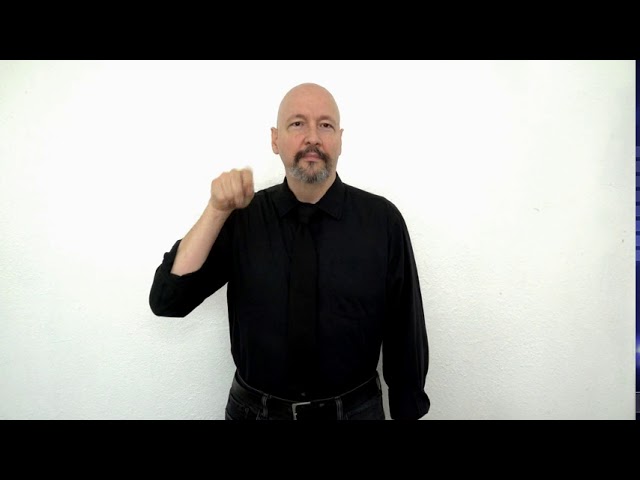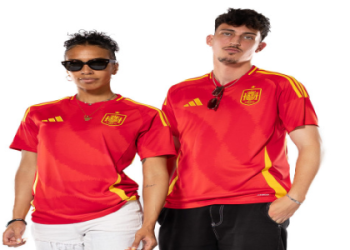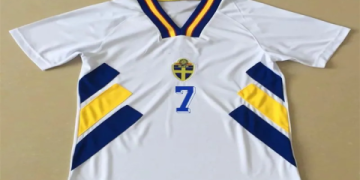Across social-media timelines, you may have seen someone tracing a small rectangle in the air over their heart and ending with a sharp outward flick. This is the emerging ASL sign for “Ukraine,” and it carries layers of meaning. While no dictionary has yet codified the sign nationwide—lexicons are still compiling COVID-era vocabulary, let alone words for rapid-fire geopolitical events—the Deaf community has organically converged on this symbol.
The sign’s story begins on 24 February 2022, the day Russian troops crossed the border. That night, @SignWithEmily, a Deaf Ukrainian interpreter in Lviv, posted a TikTok captioned “How we say ‘Ukraine’ now.” Using her index finger, she outlined the rectangular shape of the flag’s blue-yellow stripes on her chest, then signed the color blue followed by yellow. She concluded with a single, sharp motion—like releasing a bird—intending to evoke both flight and freedom. The clip hit two million views within forty-eight hours; Deaf influencers in Kiev, Chicago, and Berlin stitched remixes, refining the motion until it crystallized into the current three-stroke sign: rectangle-blue-yellow-outward.
Linguistically, the form is efficient. The shape anchoring the chest establishes location and identity (“my country”), the color sequence provides a visual flag, and the final outward motion transforms the sign from nouns into an emblem of solidarity. In many short-form videos, the wrist twist is exaggerated; some signers substitute an open palm for the fingertip, making the gesture visible to crowded rooms. Variants exist—some omit the color signs in rapid conversation—but the heart-bound rectangle plus outward flick has become dominant. At rallies from Warsaw to Washington, marchers raise the sign in unison, its brevity ideal for placards and overhead cameras alike.

Community consensus matters in ASL lexicon formation. Deaf academics point out that iconic yet compact signs can travel faster than verbal translations. Gallaudet University’s linguistics department tracks crowd-sourced neologisms; professor Benjamin Lewis notes, “Deaf culture historically adopts visual metaphors that embed emotional nuance. Here, the release motion is crucial—it distinguishes a static country name from a plea for liberation.” Early iterations were criticized for being too abstract, so volunteers merged the flag’s outline with the directional thrust, resulting in a sign that is both descriptive and performative.
Practitioners emphasize cultural respect when using the sign. It is not a casual TikTok dance; performed outside political context, the outward flick alone may be misread as “set free” or “release,” a reminder that spatial accuracy matters. Interpreters covering press briefings typically precede it with the fingerspelled “U-K-R,” then fluidly slide into the gesture, ensuring clarity for Deaf audiences.
Online dictionaries such as ASLCore and Handspeek have added the entry with a note: “Community provisional, 2022.” If adoption continues, it could follow the trajectory of “coronavirus”—from improvised fingerspelling to an official lexicalized sign within two years. For now, Ukrainians and their allies consider the gesture a silent anthem. Whether you encounter it at a sports stadium, a classroom wall, or a charity livestream, the rectangle-blue-yellow-outward sequence says, “Ukraine stands, and we stand with her.”
















